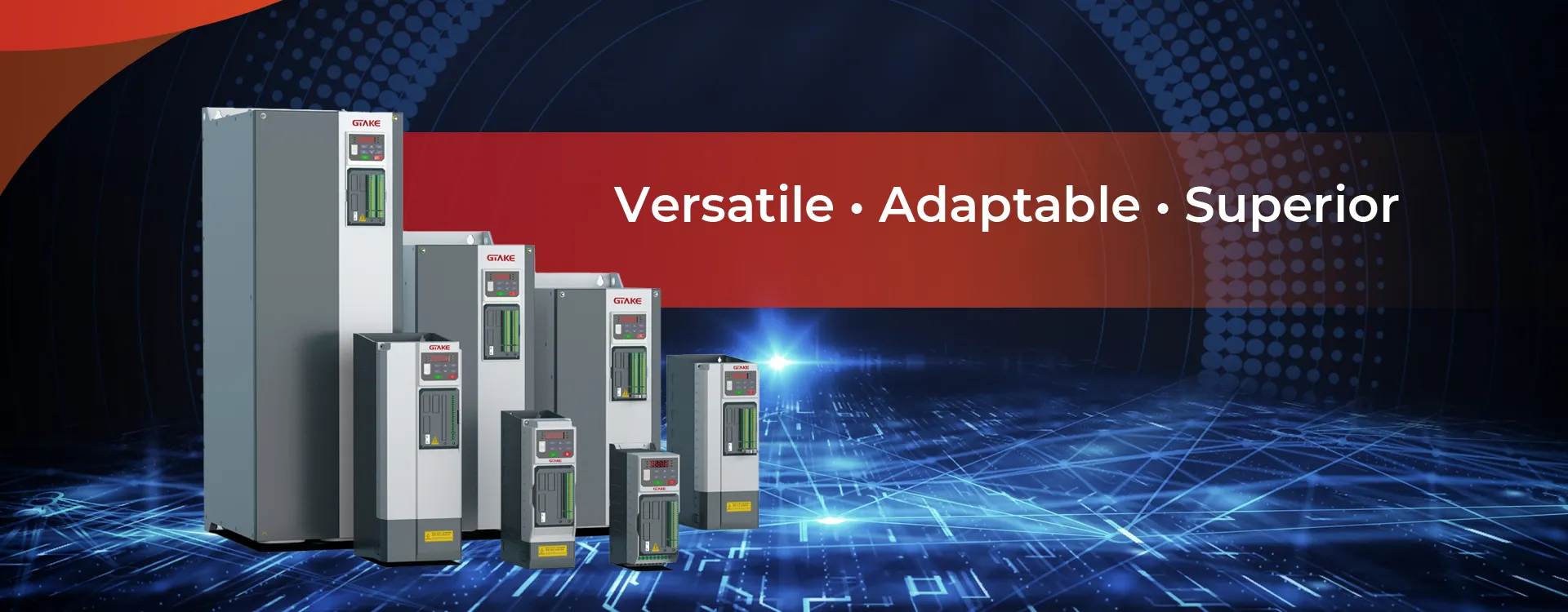EV MCU (Electric Vehicle Motor Control Unit): Essential for Electric Vehicle Performance
The EV MCU (Electric Vehicle Motor Control Unit) is a crucial component that plays a significant role in the functioning of an electric vehicle’s powertrain. It is responsible for controlling the electric motor’s performance by managing various parameters such as speed, torque, and direction of rotation, and ensuring the vehicle operates smoothly and efficiently. In this article, we will dive deeper into what an EV MCU is, its functions, and why it is essential for the optimal performance of an electric vehicle.
What is an EV MCU?
An EV MCU is an electronic control unit (ECU) that specifically handles the operation of the electric motor in an electric vehicle. The MCU coordinates the energy flow between the battery and the motor to regulate the vehicle’s speed, acceleration, and deceleration. It interprets input from various sensors, such as the throttle, brake system, and wheel speed sensors, and adjusts the motor’s performance accordingly.
The EV MCU is typically part of the Electric Motor Control System, which includes the motor itself, power electronics, and associated software. The MCU is responsible for executing algorithms that control the motor’s torque, speed, and energy consumption. It plays a key role in providing smooth, responsive driving experiences while optimizing energy usage for maximum range and efficiency.
Key Functions of the EV MCU
- Motor Speed and Torque Control
The primary function of the EV MCU is to control the speed and torque of the electric motor. By managing the power supplied to the motor, the MCU adjusts the vehicle’s speed in response to the driver’s inputs, such as pressing the accelerator pedal. It controls the pulse width modulation (PWM) signals that regulate the amount of power delivered to the motor, allowing for smooth acceleration and deceleration.
- Battery Management and Energy Efficiency
The MCU ensures that the motor receives an optimal amount of power from the battery. It coordinates with the Battery Management System (BMS) to monitor the state of charge, voltage, and temperature of the battery. The MCU adjusts the motor’s power requirements based on available battery energy, ensuring efficient use of power and maximizing the vehicle’s range. In addition, the MCU can integrate regenerative braking, recovering energy during braking and sending it back to the battery.
- Safety and Protection
The EV MCU ensures the motor and battery operate within safe limits by monitoring and managing several safety-critical factors. It protects against overheating, overvoltage, and overcurrent conditions by adjusting power delivery, activating thermal protection systems, or shutting down the system if necessary. In the event of a failure, the MCU helps prevent further damage by activating emergency protocols.
- Control of Regenerative Braking
Regenerative braking is one of the most important energy-saving features of electric vehicles. The EV MCU manages this process by converting the vehicle’s kinetic energy back into electrical energy during braking. The controller adjusts the motor to act as a generator, converting the braking force into electrical energy and storing it in the battery. This feature significantly improves the overall efficiency and range of electric vehicles.
- Communication with Other Vehicle Systems
The EV MCU communicates with other ECUs in the vehicle, such as the Vehicle Control Unit (VCU), Battery Management System (BMS), and Inverter. It uses communication protocols like CAN bus (Controller Area Network) to exchange data and ensure the smooth operation of the entire vehicle. For example, the MCU receives data from the VCU to adjust motor performance based on vehicle conditions (e.g., road gradients, temperature, load) and updates the BMS on energy consumption.
How Does an EV MCU Work?
The EV MCU operates through a sophisticated control algorithm and a set of sensors that monitor the vehicle’s various parameters, including:
- Throttle position
- Brake system status
- Vehicle speed
- Battery voltage and temperature
- Motor temperature and load
Based on these inputs, the MCU adjusts the output power to the motor and adjusts the torque accordingly. For example, when the driver accelerates, the MCU increases the power to the motor to produce more torque. Conversely, when the driver brakes or releases the accelerator, the MCU reduces the power to the motor or engages regenerative braking.
The MCU also works with the vehicle’s inverter, converting DC voltage from the battery into AC voltage for the motor (for AC-powered motors). It adjusts the frequency and amplitude of the output signal to control the motor’s speed and torque.
Types of EV MCUs
- Brushed DC Motor Controllers (BDC)
Brushed DC motor controllers are generally simpler and cheaper but less efficient compared to other motor types. EV MCUs designed for brushed motors typically have fewer control functions and can be used in small, budget-friendly electric vehicles or applications requiring less precision.
- Brushless DC Motor Controllers (BLDC)
BLDC motor controllers are more advanced and efficient. The EV MCU for BLDC motors uses field-oriented control (FOC) or other algorithms to optimize the motor’s performance. These controllers offer smoother operation, higher efficiency, and better performance compared to brushed motors, making them ideal for most modern electric vehicles.
- AC Induction Motor Controllers
AC induction motors are widely used in electric vehicles, particularly in larger EVs. The MCU for AC induction motors uses vector control or field-oriented control to provide precise speed and torque control. These systems require more complex algorithms but are well-suited for high-performance EVs.
- Permanent Magnet Synchronous Motor (PMSM) Controllers
PMSM controllers are used in high-efficiency EVs. The MCU in these systems is responsible for controlling the motor’s flux and torque using advanced control techniques such as field-oriented control (FOC) and direct torque control (DTC). These motors are known for their high power density and efficiency.
Why is the EV MCU Important?
- Optimal Motor Performance
The EV MCU ensures that the motor performs efficiently and responsively, optimizing the driving experience by adjusting speed, torque, and power delivery based on real-time inputs from the driver.
- Energy Efficiency and Range
By managing the energy flow between the motor and the battery, the MCU maximizes the efficiency of power usage, ensuring that the vehicle has an optimal driving range. It integrates regenerative braking to recover energy, further extending the vehicle’s range.
- Vehicle Safety
The MCU is essential in ensuring the safety of both the motor and the battery. By constantly monitoring operating conditions and enforcing safety protocols, the MCU helps prevent damage to critical vehicle components.
- Integration with Vehicle Systems
The EV MCU integrates seamlessly with other vehicle systems, such as the BMS and VCU, ensuring the vehicle operates as a cohesive unit. This allows for optimized performance, improved reliability, and reduced risk of malfunction.
Conclusion: The Vital Role of the EV MCU in Electric Vehicles
The EV Motor Control Unit (MCU) is integral to the operation and performance of electric vehicles. By controlling motor speed, torque, energy efficiency, and integrating with other vehicle systems, the MCU ensures smooth, efficient, and safe vehicle operation. As electric vehicles continue to evolve, the role of the MCU will become even more critical, incorporating advanced features like autonomous driving, vehicle-to-grid (V2G) integration, and enhanced energy management. Ultimately, the EV MCU will remain a key enabler of the electric vehicle revolution, driving the transition toward more sustainable and efficient transportation.

